The Physics of Quantum Knots
Introduction
Quantum knots, or more formally, Topological Quantum Field Theories (TQFTs), are a branch of physics that merges the principles of quantum mechanics and knot theory. This field of study delves into the intricate relationship between quantum particles and the complex, knotted structures they can form.
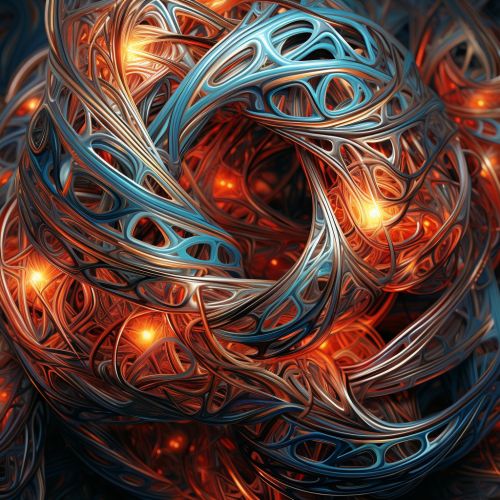
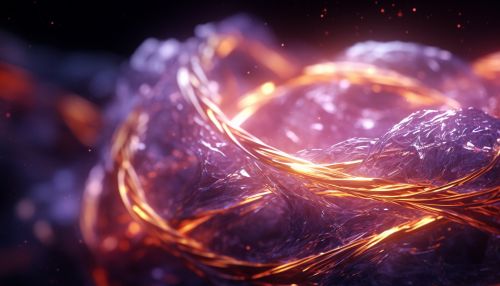
Quantum Mechanics and Knot Theory: A Confluence
The inception of quantum knots can be traced back to the confluence of two distinct scientific disciplines: quantum mechanics and knot theory. Quantum mechanics, a fundamental theory in physics, provides a description of the physical properties of nature at the scale of atoms and subatomic particles. Knot theory, on the other hand, is a branch of topology that studies mathematical knots.
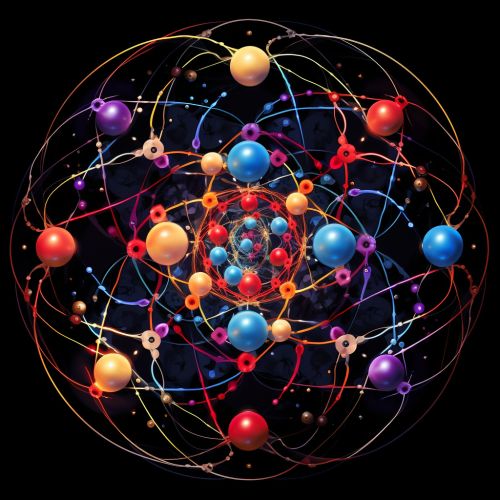
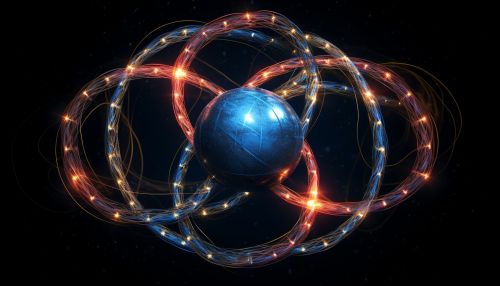
Quantum Knots: An Overview
Quantum knots are essentially quantum states that exhibit knotted structures. They are a theoretical concept, but recent advancements in experimental physics have made it possible to create these knotted structures in quantum fields. The study of quantum knots has significant implications for understanding the fundamental nature of the universe, as it provides a new perspective on the behavior of quantum particles.
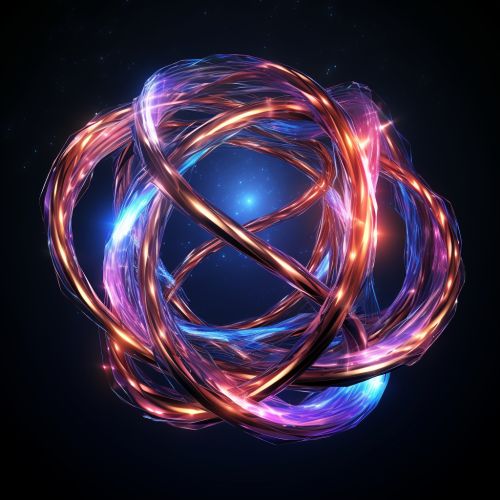

Quantum Knots in Topological Quantum Field Theories
In TQFTs, quantum knots play a crucial role. These theories are a type of quantum field theory where the primary focus is on topological features of the field. The concept of quantum knots in TQFTs is deeply intertwined with the idea of quantum entanglement, a phenomenon where quantum particles become interconnected and the state of one particle can instantaneously affect the state of another, regardless of the distance between them.


Quantum Knots and Quantum Computing
Quantum knots also have potential applications in the field of quantum computing. Quantum computers use quantum bits, or qubits, which can exist in multiple states at once thanks to the principle of superposition. Quantum knots could potentially be used to create more stable qubits, leading to more powerful and reliable quantum computers.


Future Directions
The study of quantum knots is a rapidly evolving field, with new discoveries and advancements being made regularly. As our understanding of these complex structures grows, so too does the potential for groundbreaking applications in various areas of physics and beyond.


